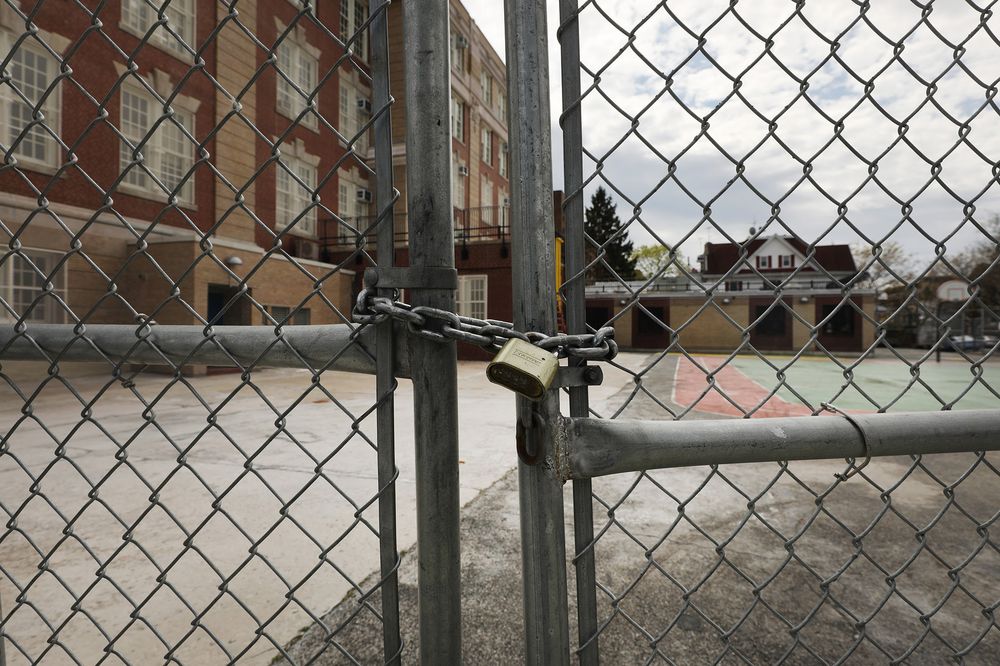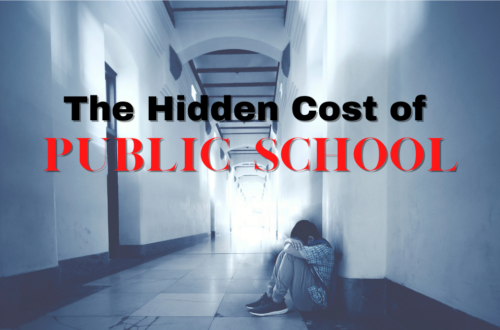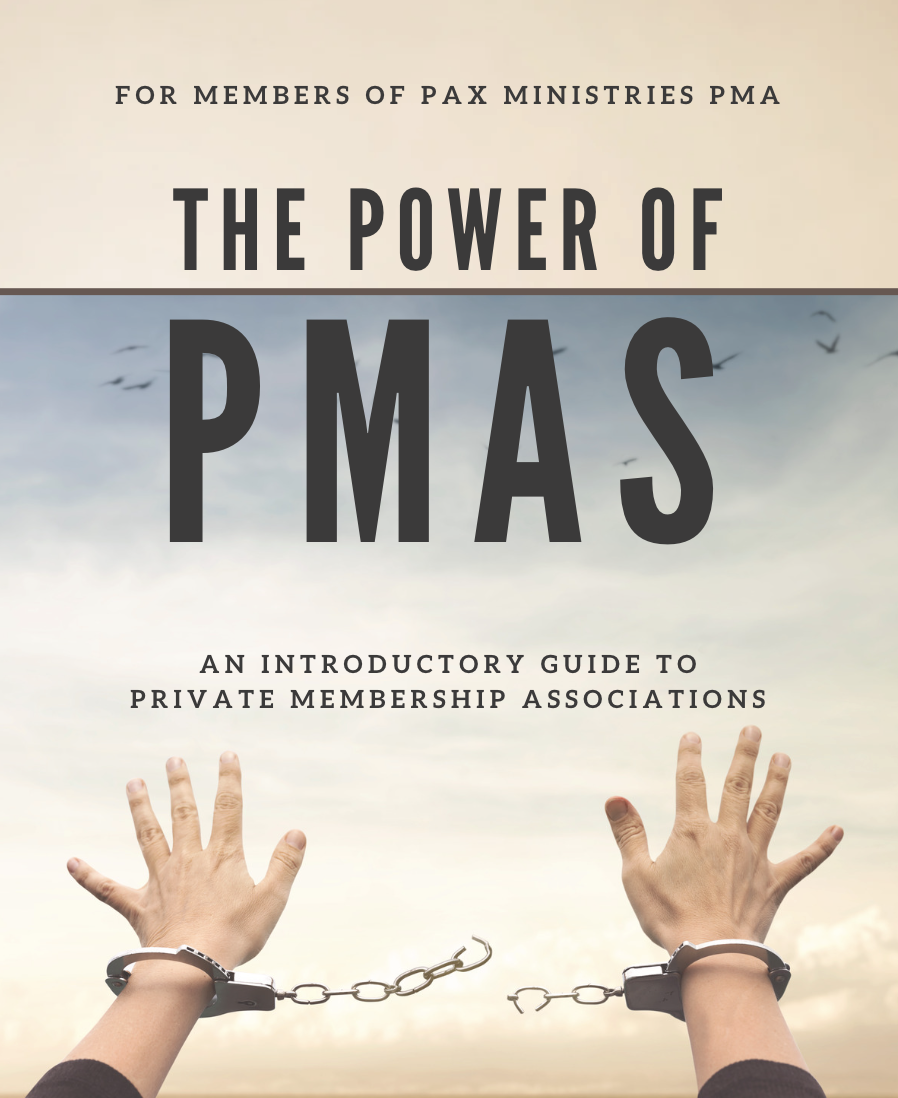
Public School is Not Public
It was 11:55 AM. My alarm was blaring reminding me to pick up my 4-year-old daughter, Sophia, from the bus stop. She was attending our local public pre-kindergarten program for just 2 hours a day for almost two months.
Every day, I asked her the same question: “How was your day?”
And every day, her answer was the same: “Bad.”
“Why was it bad today?”
“Because Miss R yelled at us again. She yells at us every day. Mom, do I have to go back there?”
As a public school teacher, I had a hard time accepting the fact that my daughter was not enjoying school as much as I had hoped she would.
As a single mother, I had a hard time believing that we had any other options besides the “free” public school program in our neighborhood.
Even though the pre-k program was only for two hours per day, I soon learned that it did not take a lot of time to create a lot of damage.
I sent her teacher an email expressing my concerns.
Good morning, Miss R.
Sophia has been complaining recently of some issues at school. She has been feeling extremely anxious and not wanting to return. Her therapist had recommended that I observe her in class. Please let me know what day would be best for me to come and visit her.
Thank you!
I never received a response.
On Friday, I drove to the school in hopes of finally being able to see what really was going on inside her classroom.
The doors to the school were locked. I could see a camera pointed in my direction, and a voice came over a speaker: “State your name and purpose for being here.”
“My name is Angela Harders. I’m here to observe my daughter in her class.”
*click*
The door unlocked, and I entered the building. I was only permitted access to the main office.
“May I have your driver’s license?” the secretary asked.
I handed her my license which she scanned and began typing something on the computer in front of her.
“Stand on the blue line. I need your picture.”
All the security measures felt more suitable for a prison than a preschool.
The secretary handed me a printed ID with my name and picture on it. “Have a seat,” she said abruptly.
Just then the principal of the school came out. “Do you have an appointment?”
“No,” I replied. “I sent her teacher an email requesting which day would be best for me to come and observe my daughter in class, and I never received a response. That was over a week ago, so I am here now.”
“I’m sorry, we cannot let you in,” the principal stated.
I could not believe it.
“Do you mean to tell me that you are denying me – a parent and a teacher for this county – the right to observe my own child receiving a public education?”
“Public school isn’t public,” the principal proclaimed.
As a public school teacher myself, I was well aware of the county’s “open door” policy stating that a parent has a right to observe their child in a public school environment for any reason, at any time.
I made sure that the parents of my own students knew that they were welcome in my classroom because parents are their children’s primary educators. In fact, I encourage all parents to come and visit at least once a quarter.
I whipped out my cell phone and showed the principal the “open door” policy on the county’s website to which she responded, “Let me make a few calls.”
After twenty minutes had passed, I was still waiting in the main office for clearance to go to my daughter’s class. The principal emerged from her office stating, “We will let you go in – just this once. Next time, you need to schedule an appointment a week in advance.”
A police officer met me at the door and escorted me to her classroom for the last 30 minutes of the day. In that visit, I was able to observe:
- my child’s interactions with her teacher
- my child’s interactions with her peers
- the teacher’s interactions with the whole class
- the teacher’s interactions with my child
- the food she was given to eat
- the books they were reading
- the toys she preferred to play with
- the way the teacher handled disruptions and distractions
- the content that was being taught
- the way that groups were assigned
- the systems of rewards and punishment
- and more!
The whole visit was extremely insightful for me. If you have a child in school, I would highly recommend taking the time to go and observe them.
As I drove home with my daughter that day, the principal’s words kept repeating over and over again in my mind.
“Public schools aren’t public.”
Every single taxpayer contributes to the public education system, and yet they have no access to see what is really going on behind those large, locked doors.
The reality is that schools today are incredibly different from the schools of 10, 15, 20 years ago. I can only imagine how different they are from the school experience of our grandparents.
The majority of the public has really no clue about the realities of public school.
Thanks to mobile phones, we occasionally get glimpses into the private world of public school:
And it’s not always pretty.
Public school may not be public, but it needs to be.
The public should have a right to know and see what the state and local governments are doing with the money that we are investing in this failing educational system.
As long as we keep public schools private and away from the eye of the public, we will never be able to bring real and lasting change to the issues that are so often locked up in the dark closets of our classrooms.





